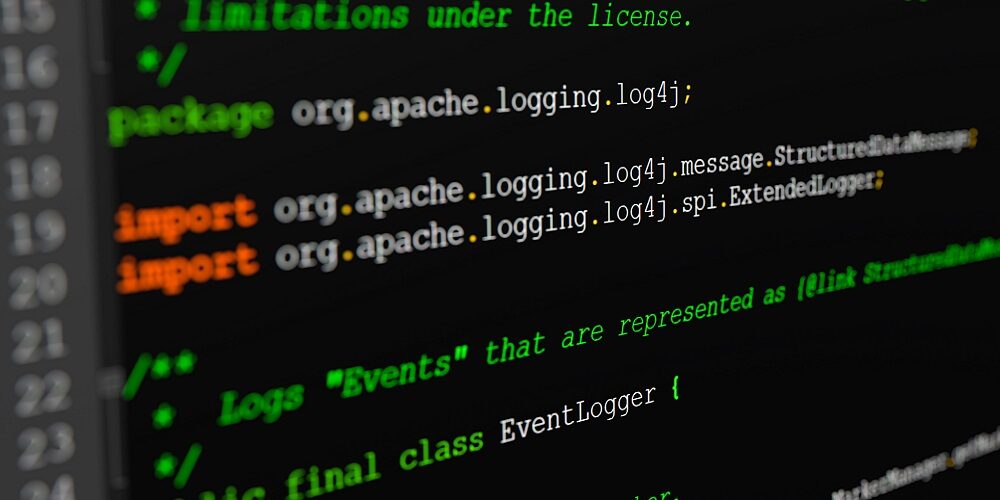More than six months after the Log4Shell vulnerability was discovered in the widely used Java logger Log4j, cybersecurity agencies are warning of the continued exploitation of the bug in unpatched VMWare Horizon and Unified Access Gateway servers.
The U.S. Cybersecurity and Infrastructure Agency (CISA), along with the U.S. Coast Guard Cyber Command (CGCYBER), say malicious actors include nation-state sponsored groups that are leveraging the bug to obtain initial access and implant loader malware on compromised systems with embedded executables to enable remote command and control (C2).
In one example, the agencies say hackers were able to move laterally inside the network and gain access to a disaster recovery network in addition to collecting and stealing sensitive data.
VMware released patches in December 2021, so organizations that have yet to patch those systems should do so immediately, agencies warn.
CISA and CGCYBER detail two such attacks leveraging Log4Shell, including one that used Log4Shell to deploy a Windows loader. The loader was used to elevate privileges and deploy additional payloads for a range of C2 capabilities, including keystroke logging, additional payloads and a graphical user interface access over a target Windows system’s desktop.
According to the agencies’ advisory, the malware can also function as a C2 tunneling proxy to allow a remote operator to pivot to other systems and move deeper into a network.
In another case from this spring, CISA says it observed bi-directional traffic between the victim and the suspected threat actor’s IP address, but confirmed that multiple groups had compromised the victim.
An unpatched VMware Horizon server is thought to be the entry point, giving the hackers the ability to leverage PowerShell and move laterally via Remote Desktop Protocol (RDP) to other hosts in the production environment, including a security management server, a database containing sensitive law enforcement data and a mail relay server.
In addition, the malicious group used RDP to move laterally to the victim’s disaster recovery network, per the advisory.
The actors used compromised admin accounts to run similar loader malware with embedded executables to provide remote C2 capabilities, including the ability to remotely monitor a desktop, gain reverse shell access, exfiltrate data and upload additional payloads.
CISA recommends immediately patching systems and removing vulnerable components from the internet until they are fully patched. VMWare also provided vendor-approved workarounds for organizations that can’t immediately apply updates.
CISA also urges organizations to execute VMWare’s script to ensure no vulnerabilities remain.
For more information, including indicators of compromise, read the advisory.
If you enjoyed this article and want to receive more valuable industry content like this, click here to sign up for our digital newsletters!










Leave a Reply